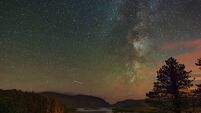Islands of Ireland: Douglas estuary mudbank's claim to fame
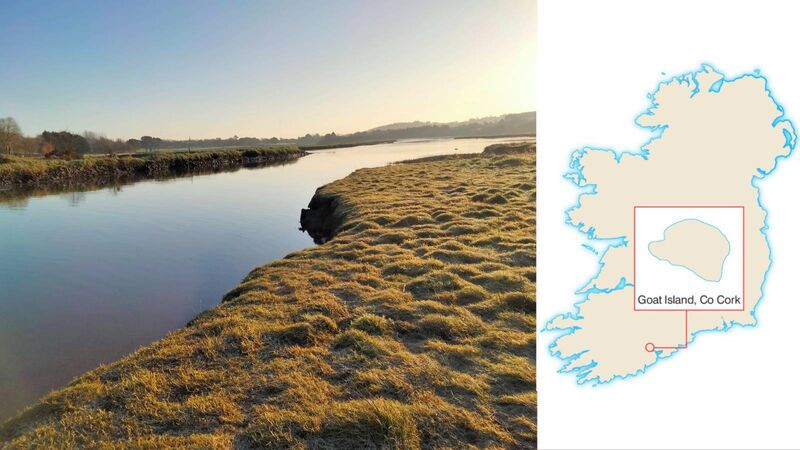
Goat Island on the Douglas Estuary, Cork City. Once owned by the great grandfather of novelist James Joyce, also called James Joyce
This is an innocuous mudbank in the Douglas Estuary of Cork City but it has a major claim to fame. The hangout of multiple bird species including golden plover, lapwing and redshank, it is located between the N40 and Mahon Golf Course in the east of the city. It is diminutive in size, no more than 100m x100m, and must have been so named as it once provided grazing for said goats.
It was once owned in the mid-19th century by the great-grandfather of the stream-of-consciousness author, James Joyce, who was also called James Joyce. However, his interest in Goat Island had more to do with land speculation than a love of nature.
He was called the handsomest man in Cork’ and led quite a tumultuous life. The great-grandfather was anti-clerical and nationalist and was condemned to death for his role in the Whiteboy agitation of 1823. Luckily, for him and for literature, the sentence was reprieved.
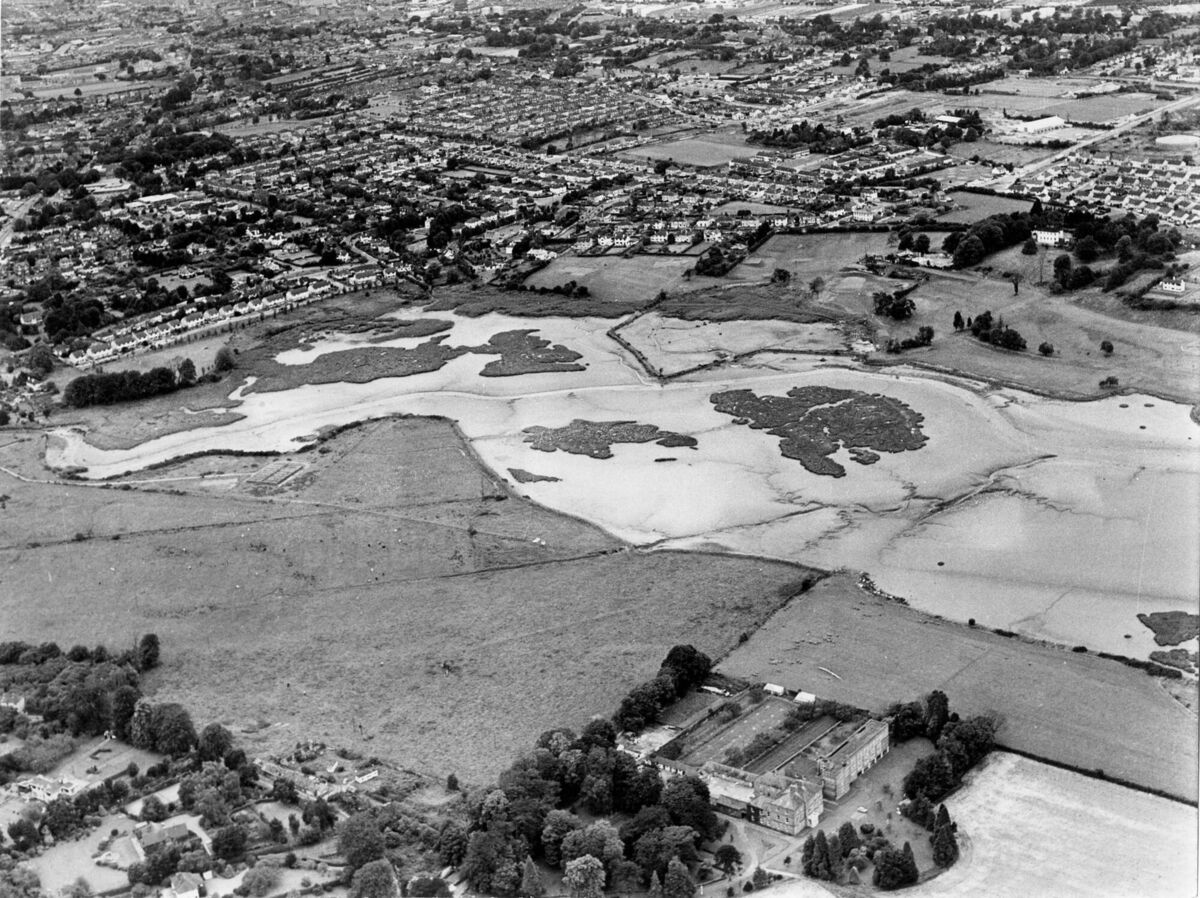
The great-grandfather of the author of purchased Goat Island as part of a portfolio of investments in and around Cork City. He was a land speculator and developer at a time when the city was expanding. Along with a business partner he also bought property at Carraigeeny in County Cork in 1835 and sold it for a profit seven years later for £500 — an enormous sum at the time. The business partners went on to purchase property at White Street in Cork City centre (Joyce’s Court) and also at Skehard Road and Goat’s Island.
The purchase of Goat Island at this time must have been related to the impending construction of the railway to the city. With the arrival of the Cork Blackrock and Passage Railway line, which was incorporated in 1846, land values would have soared. Goat Island would have been valuable real estate to sell on to the railway company.
Railways writer, Pat Walsh, says demand for jobs among the citizenry was intense. “During the bleak period of Black 47 there were riots because of thousands of people seeking work as navvies building the railway line but very few were initially hired,” he says.
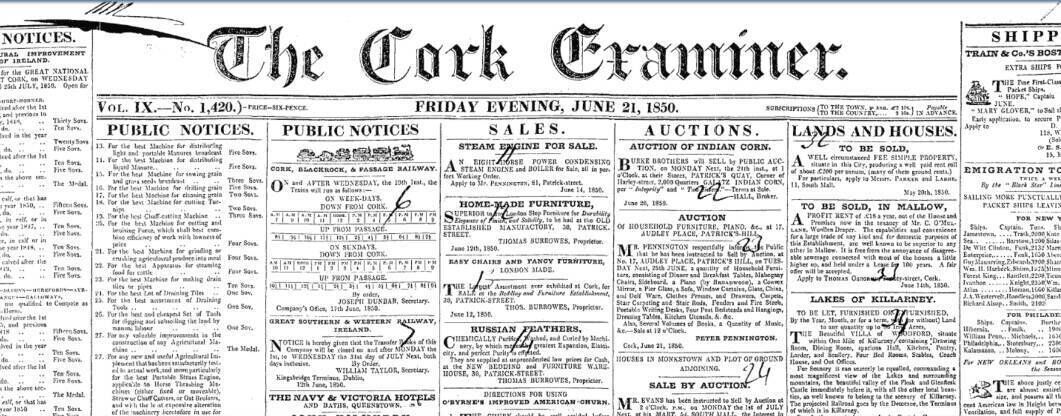
The line opened in June 1850 but at a distance of several hundred metres rather than running across Goat Island as happened 130 years later when the N25 motorway was built and ran across Brown Island and Harper’s Island in Cork Harbour.
The total cost of the Passage line was working out higher than had earlier been anticipated, due to exorbitant prices being demanded by landowners along the route and the need to build a formation wide enough for doubling the track later if necessary. There were some deviations in the route to that authorised in the original Act which may have resulted in the island being bypassed as opposed to it forming part of an embankment to carry the line across the Douglas estuary, says Walsh.
The fact that the rail-line did not cross his island could have seen the land value plummet and may have led to Joyce being declared bankrupt in 1855. Because the company had powers to compulsorily purchase the land needed to build the railway, landowners had a corresponding right to appeal, but should they lose the appeal, all costs could be awarded against them, says Walsh.
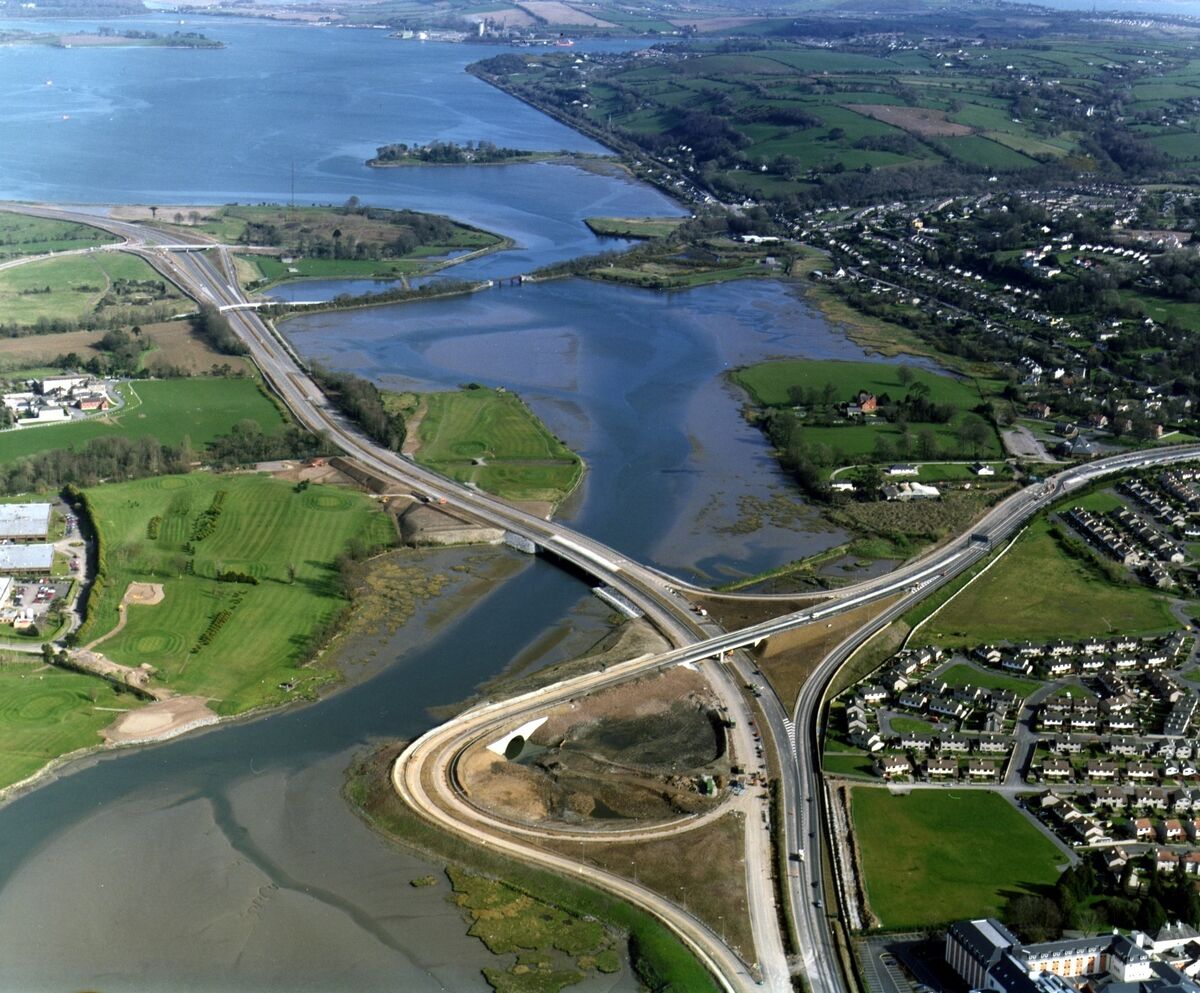
Goat Island never made it into the hallowed pages of but maybe the great-grandson James Joyce drew inspiration from it somewhere along the line for his masterpiece.
Goat Island is flanked by a few other islands of similar appearance, what are called polders in the Netherlands and pladdies in Northern Ireland. All are nameless. There are several Goat Islands in the country with just one outstanding for the visit of this column.
However, the visit is down to the generosity (hint, hint) of boatowner and writer of the maritime history of Waterford, Andrew Doherty in ‘Tides and Tales’, who has related the existence of a tiny Goat Island in the estuary of the Suir.
: Can be seen from the park beside Mahon Golf Course.
: James Joyce: Genealogical Appendix: http://www.ricorso.net/rx/az-data/authors/j/Joyce_JA/apx/sundry/JAJ_fam.htm






